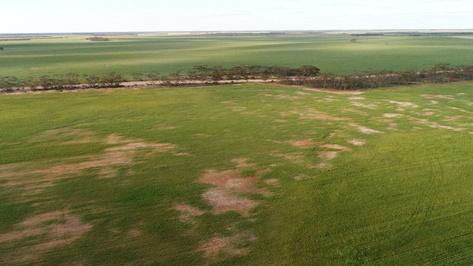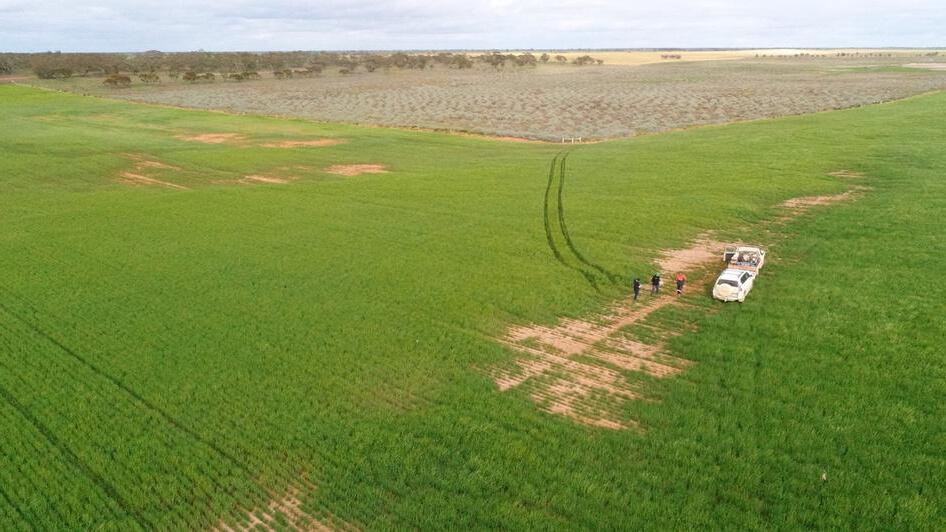
1 minute read
TACKLINGDRYSALINELANDFOR DROUGHT-PROOFEDFARMING
Dry saline land is a growing problem across low to medium rainfall areas Sometimes called ‘magnesia country’, dry saline land is where patches of soil become too saline for crop and pasture germination and growth
Demonstration sites across South Australia, and western New South Wales and Victoria, are testing a variety of strategies to stop dry saline land patches forming and remediate patches that do appear

The problem
Patches of dry saline land form when salts in subsoil clays are drawn to the surface through evaporation and capillary rise It is more severe after extended hot, dry periods over multiple seasons with no flushing rain events
Dry saline land vs Mallee Seeps
Mallee Seeps are different from dry saline land With Mallee Seeps, a localised perched water table is the source of salinity
Sometimes Mallee Seeps can be found in the same paddock as dry saline land and a number of sites in this project have both issues
The Mallee Seeps decision tree describes some of the different causes of soil salinity In dry areas it can be hard to tell whether patches of salinity are from a Seep or Dry Saline Land In this case, manage the issue as Dry Saline Land until there is more information indicating the problem is from a Seep
The transient soil salinity can move up and down the soil profile with seasonal conditions This means that dry saline land patches can come and go Patchy areas often decrease after heavy rain because the salts are leached out of the surface soil, as well as being diluted with moisture Project technical lead Dr Chris McDonough (Insight Extension for Agriculture) has seen some areas of dry saline land go from too toxic for plant growth after extended dry periods, to producing 3 t/ha crops after heavy summer/autumn rainfall
However, many areas have such high salt accumulation in their surface layers that they are beyond the point of natural recovery from high rainfall These areas will continue to bare out larger areas unless targeted remediation strategies are employed
The problem gets worse when evaporation is high, such as during hot summers and on bare soil, as more soil water is pulled to the surface Over time, the soil becomes too toxic for crop growth
Once patches start baring out they have no plant growth or soil cover to lessen evaporation, and surface salts accumulate causing progressive soil deterioration Without cover the topsoil is also at risk of erosion, often exposing clays to the surface and worsening the impacts
Soil porosity plays a role “Tighter” soils with smaller pores have a stronger wicking ability (capillary rise), meaning more moisture can move from the subsoil, bringing salt to the surface
The project
The two-year project (2022


